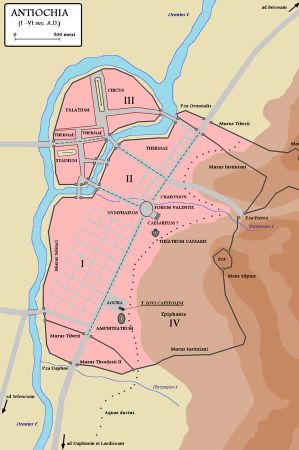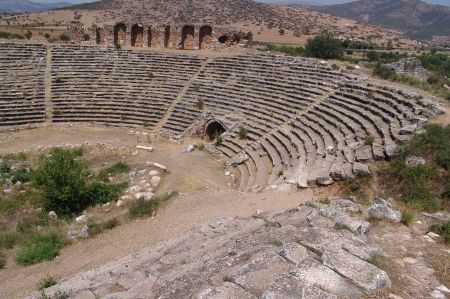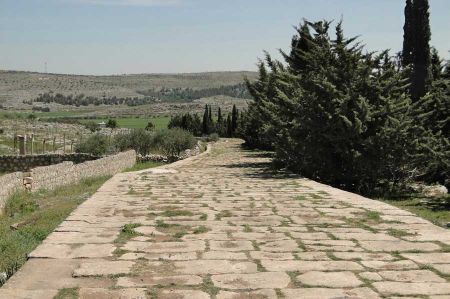Antioch - After the Seleucids, the Romans take over
- Written by Portal Editor
The empire of Alexander the Great had been passed to his diadochi and was divided among them, historically followed the Seleucids as the ruling dynasty, another great power of Mesopotamia.
In 83 BC the rest of the Seleucid Empire fell under the power of the King of Greater Armenia, Tigranes II the Great (95-55 BC), but his defeat against the Roman general Lucullus led to restitution under Antiochus XIII. Asiatikos (69-64). After his murder, Lucullus ’successor Pompey continued in the same year 64 BC the last king Philip II (65–64) and incorporated the Seleucid rump state into the Roman state: Antioch became the capital of the province of Syria.
Rise of Antioch to the metropolis of Rome

Germanicus (also died in Antioch),
Lucius Verus between 162 and 166 AD,
Marcus Aurelius 175/176,
Septimius Severus 198 / 199,
Caracalla 215,
Severus Alexander 232/233 and
Valerian 254-256 and 258/259.
In this respect, the city could even feel like a temporary “capital”.
The Orontes with its water forms the basis of the settlement

According to Strabo, the first dams for damming the water of the Orontes were already built by the Egyptians. The dam at Qattinah, which dams Lake Homs, dates back to Roman times, but is still in use today. The Orontes is described by Pliny and Strabo.
The Battle of Kadesch in 1274 BC is known as the Battle of the Orontes between Ramses II. and the Hittite king Muwatalli II. Or the battle in 94 BC between the Seleucids Antiochus XI. and Antiochus X. Eusebes.
In the Dionysiaka of Nonnos of Panopolis it is reported in the 17th song that on Dionysus' journey to India there was a battle with Orontes, the son-in-law of the Indianking Deriades. In the fight against the god Orontes falls into the river that bears his name due to him.
Imperial residence, a magnificent theater and the hippodrome
The city also had a magnificent theater and an amphitheater at the foot of Mount Silphius, both of which were renovated by Gallus. There was also street lighting (Libanios, Orat. 11, 267), which, according to Ammianus Marcellinus, a son of the city, “competed with the radiant brightness of the day” (14, 1, 9).
Please read as well:
Porta Caesarea - a city gate of Salona
Thessalonica: upper Old Town and Acropolis
